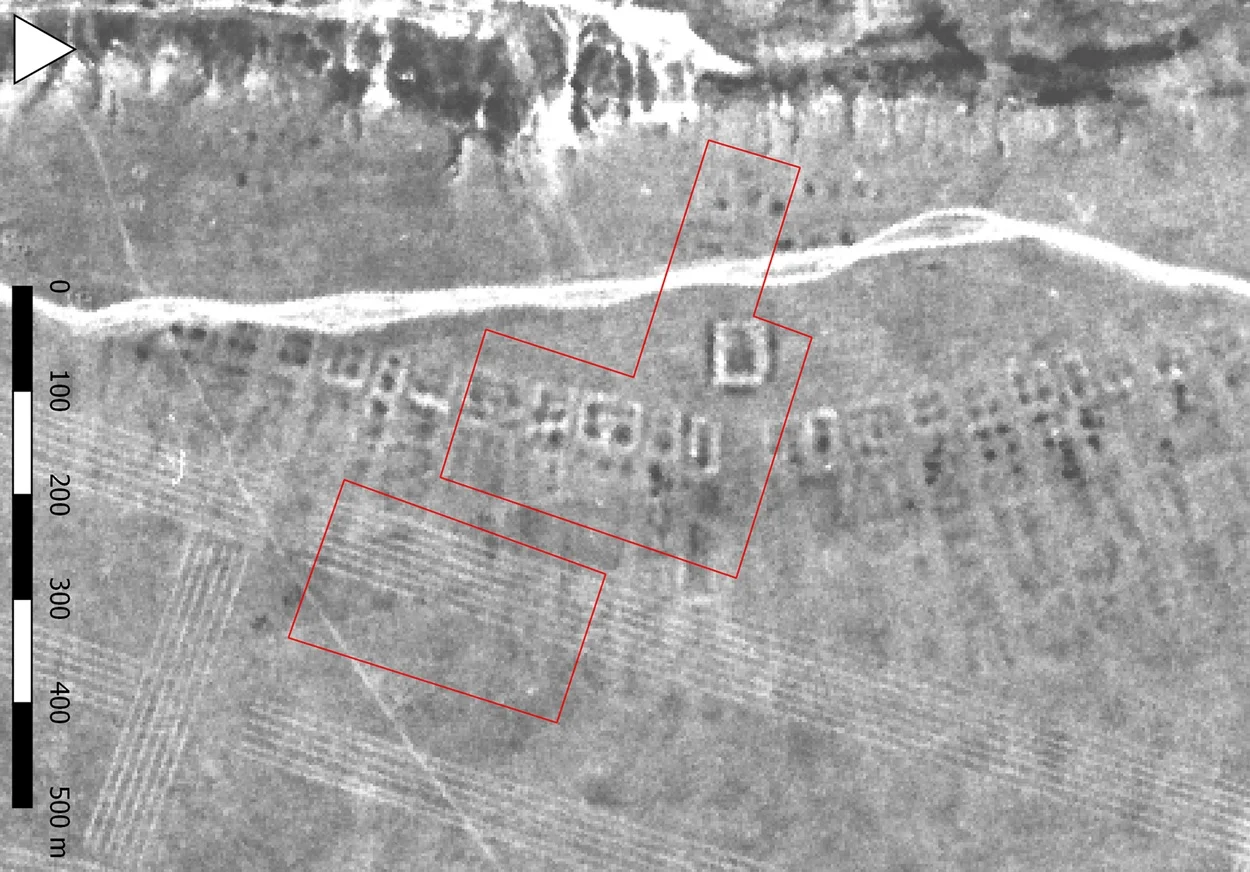Archaeologists have discovered a late Bronze-Age proto-city on the Kazakh Steppe in north-eastern Kazakhstan.
Covering roughly 140 hectares (346 acres), the site at Semiyarka has been dated to around 1600 BC, which has rectilinear earthworks up to one metre above ground level, enclosed household compounds, and a central monumental building possibly used for rituals or governance.
Archaeologists also found a dedicated industrial zone filled with slag, crucibles, and metal-working waste, clear evidence that bronze alloy was being manufactured on-site – a practice previously assumed to belong only to more sedentary cultures in other regions.
Few production centres have been identified in this region, almost exclusively in upland areas close to mines. The Semiyarka site is the first large steppe centre with on-site tin-bronze production, strategically placed for both metal production and the control of trade routes due to the proximity to the ore-rich areas of the Altai Mountains.

According to a study published in the journal Antiquity, the proto-city is culturally linked to the local Bronze Age traditions of the Cherkaskul and Alekseevka–Sargary cultures and overturns the conventional view of the steppes as dominated solely by small, mobile pastoral groups.
“Ceramic fragments representing at least 114 vessels were documented. Alekseevka-Sargary types make up 85 per cent of the assemblage, suggesting this was the primary cultural affiliation,” said the study authors.
“The site’s size, together with the presence of rectilinear earthworks and metallurgical evidence, highlight its potential importance for advancing our understanding of regional settlement patterns, social organisation and technology.”
This research was supported by the British Academy, the Ministry of Science and Higher Education of the Republic of Kazakhstan, and the European Research Council (ERC).
Header Image Credit : Antiquity
Sources : Antiquity – DOI: https://doi.org/10.15184/aqy.2025.10244





